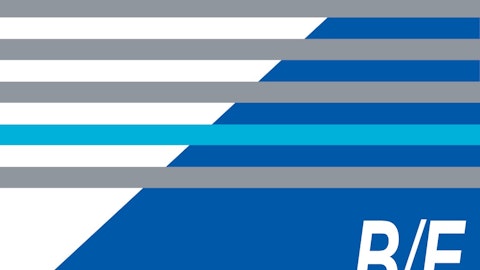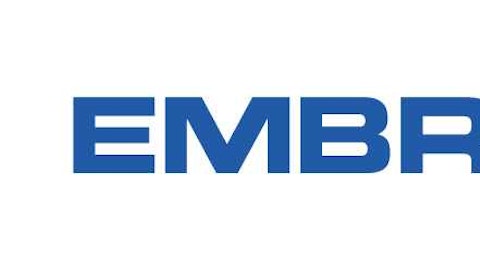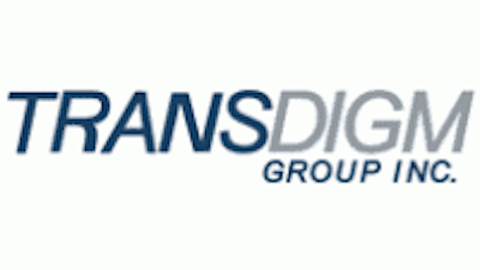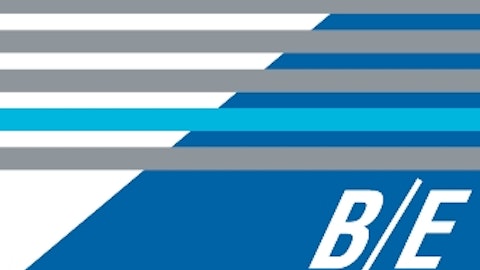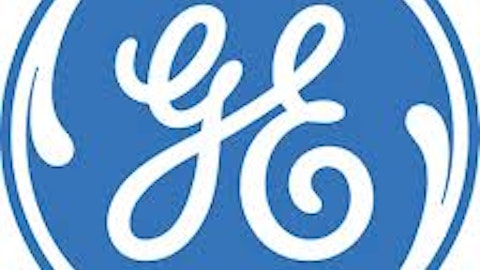Transdigm sole source model pins future on aftermarket growth
One of the beneficiaries of the rising demand is likely to be Transdigm, a company rolled out of Warburg Pincus private equity in 2006. Transdigm estimates 75% of its products are only available from its own warehouses and believes aftermarket replacement parts — which generally haul in higher margins — will rebound later in the decade as more planes take to the air and revenue passenger miles grow globally.
The company continues to roll up smaller players to bolster its position. In April, the company agreed to buy Aerosonic, with $30 million in sales of which 60% are aftermarket, for about $39 million. Last fall, Transdigm acquired Aero-Instruments and in February 2012, the company bought AmSafe, a maker of aerospace restraint systems, for $750 million. As a result, a lot of its current sales growth is coming from deals. But, organic sales still improved by nearly 2% last quarter from a year ago, and organic sales are expected to broadly track growth in revenue passenger miles, which grew 4% internationally in 2012 and 1.3% in the United States.
Hexcel profits are propped up across by planes and helicopters
The Boeing Company (NYSE:BA) and Airbus account for just about 85% of Hexcel’s revenue, and next generation planes are increasingly being built with light weight composites like those sold by Hexcel.
As a result, Hexcel notched commercial aerospace growth of 10.8% last quarter. That growth is likely to continue since Hexcel’s sales into next generation planes were up almost 20% during the quarter and now represent a third of the company’s overall revenue.
Hexcel also has a solid defense business, selling rotorcraft for various helicopters including the V-22 Osprey, which gained approval to be sold to our foreign allies this year. At the Paris Air Show, Marine Corps Colonel Greg Masiello, who manages the Osprey program, suggested as many as 100 orders may come from foreign buyers for the $70 million apiece Osprey.
BE Aerospace position in cabin interiors offers investor comfort
The FAA’s expectations revenue passenger miles will nearly double over the next twenty years suggests a significant amount of demand for seats and interior cabin refreshes. Particularly significant is the growing globalization of air travel in emerging markets like Asia. The rising demand from Asian operators drove BE’s sales in the region up 36% last quarter, accounting for 28% of total revenue.
Much like Hexcel, next generation crafts are having a positive impact on revenue. Sales for those programs represented 61% of sales last quarter. With a backlog of $8.3 billion and expectations for future production bumps at Boeing and Airbus, the company should continue its winning ways. But, its not just the major commercial planes supporting the company’s growth. Sales for business jets have also improved, increasing 11.3% in Q1.
The final take
The pace setting orders recorded last month in Paris add to an already mountainous backlog at major aircraft makers. This increases the pressure on The Boeing Company (NYSE:BA) and Airbus to encourage additional capacity growth at major suppliers like these three. Given the potential overseas as emerging markets develop, establishing positions in airline suppliers appears to make sense.
The article Boeing and Airbus Ink Deals in Paris. Should You Buy Suppliers? originally appeared on Fool.com and is written by Todd Campbell.
Todd Campbell has no position in any stocks mentioned. The Motley Fool recommends TransDigm Group (NYSE:TDG). Todd is a member of The Motley Fool Blog Network — entries represent the personal opinion of the blogger and are not formally edited.
Copyright © 1995 – 2013 The Motley Fool, LLC. All rights reserved. The Motley Fool has a disclosure policy.
